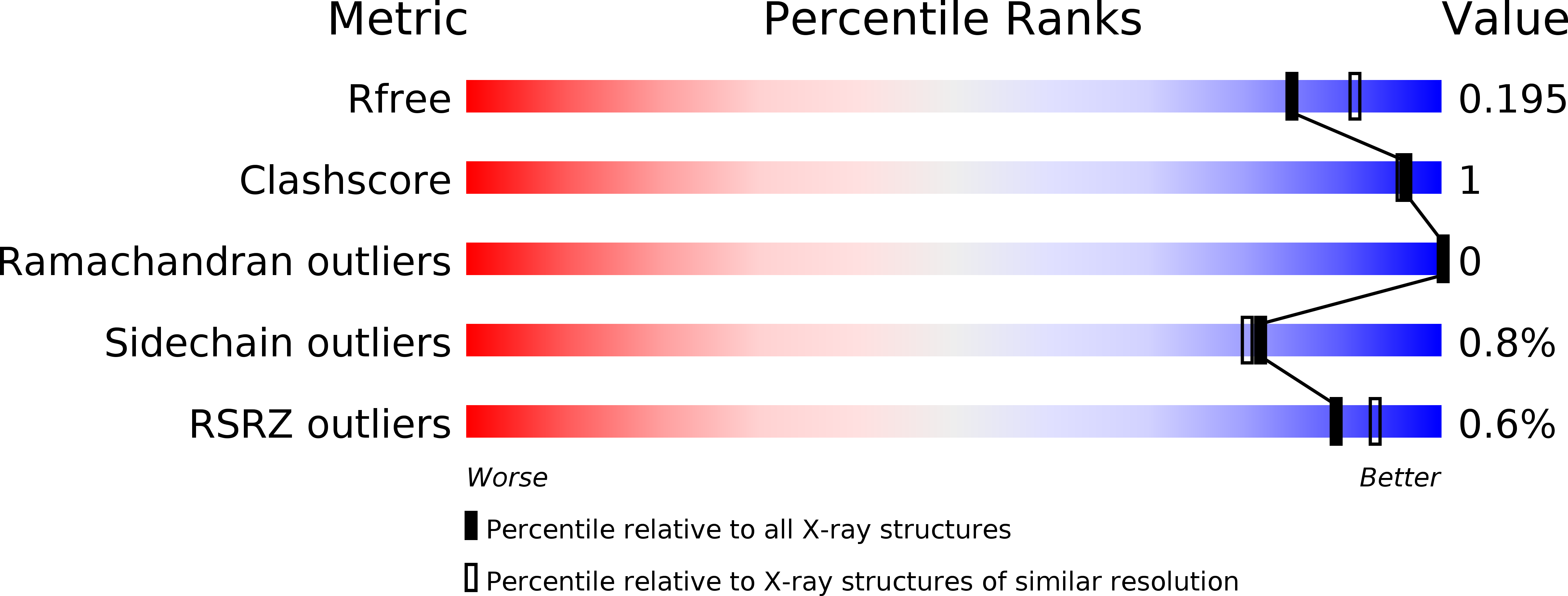
Deposition Date
2016-02-08
Release Date
2016-05-04
Last Version Date
2024-11-20
Entry Detail
PDB ID:
5I23
Keywords:
Title:
Crystal Structure of Agd31B, alpha-transglucosylase in Glycoside Hydrolase Family 31, in complex with Cyclophellitol Aziridine probe CF022
Biological Source:
Source Organism:
Cellvibrio japonicus (strain Ueda107) (Taxon ID: 498211)
Host Organism:
Method Details:
Experimental Method:
Resolution:
1.95 Å
R-Value Free:
0.18
R-Value Work:
0.16
R-Value Observed:
0.16
Space Group:
P 6 2 2


